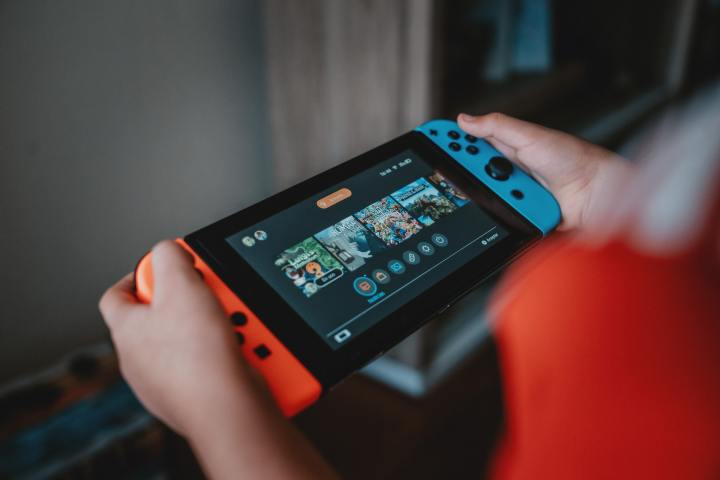I recently went on a trip, which brought up a question I face every time I spend a few nights away from my gaming PC: How am I going to play games? For nearly five years now, my answer has been to pack my Nintendo Switch. This time, however, packing up my Switch felt like a compromise I didn’t want to make.
Like a lot of folks, I’m eagerly awaiting for Valve to get around to my Steam Deck reservation. With the clock ticking in the back of my head, I realized the major shortcoming of the Nintendo Switch: Cross-save support. Apart from graphics, battery life, or even the comically large size, the Steam Deck succeeds in an area where the Nintendo Switch never capitalized.
And I’m confident saying that even before my Steam Deck pre-order has arrived.
Situational gaming

My Steam Deck hasn’t arrived yet, but I had a short chance to handle and look through the system on my recent trip (thanks, Giovanni). I’ve also seen how it performs across a range of tests, talked with various owners of the system, and done enough research that Google autocompletes “Steam Deck” before I’ve gotten my first few characters out. I know how the system feels, performs, and behaves, despite the fact that mine hasn’t shown up yet.
Handheld gaming is rarely the preferred way to play.
All of that isn’t important, though. The most important thing about the Steam Deck is that I can carry my progress with me. Handhelds have and forever will be platforms of compromise, so while it’s nice to look at benchmarks and talk ergonomics, the fact remains that handheld gaming is rarely the preferred way to play. It’s situational gaming, where you’re willing to compromise just to keep playing.
With my Switch, I find myself running into the same issue time and again. I get ready for a trip, I browse the eShop for deals, and I pick up some long RPG to keep my attention. I never end up making much progress, though, because I’m well aware that when I get back to my PC, I’ll just play on that.
There are problems with the Switch, but none of them bother me. Graphics, frame rate, the Joy-Con’s controls — none of it matters because I’m willing to compromise for portability. What matters is starting from scratch, and that’s something the Steam Deck doesn’t make you do.
Failing cross-saves

The Switch could have ended the Steam Deck before Valve made the first announcement. But Nintendo never capitalized on one of the best features that developers pushed for: Cross-saves. There’s a decent list of Nintendo Switch games that support cross-saves, and they’ve been the backbone of my experience with the handheld.
Outside of Switch exclusives, I mainly play games that allow me to carry my progress back to my PC: Hades, The Witcher 3, Divinity Original Sin 2, and even Civilization VI (as problematic as that port is). There’s also the rogues’ gallery of live service titles with cross-progression on Switch, like Rocket League and Fortnite.
It’s clear that Nintendo never made the effort the cross-saves.
Nintendo didn’t recognize the rising tide, and it didn’t put any systems in place to make cross-saves between PC and Switch easier. If I could transfer my Dragon Quest XI or Ni No Kuni save like I could with Immortals Fenyx Rising, I probably wouldn’t have pre-order the Steam Deck. Or, at least, I wouldn’t have been as eager to.
I don’t want to downplay the effort required to get universal cross-saves working, but it’s clear that Nintendo never made that effort. And transferring progression is all the more important considering the dumping ground of ports and rereleases the Switch has become in its late years.

The Switch isn’t a failure by any metric, but Nintendo could have given the system a lot more legs this far out from release with broader support for cross-saves. The Steam Deck solves that problem for gamers like me who don’t mind compromising on performance if it means picking up where you left off.



